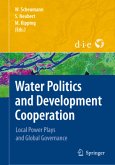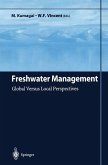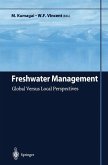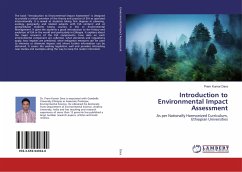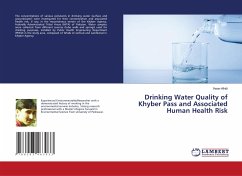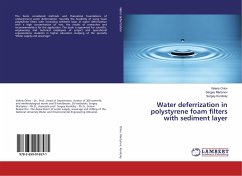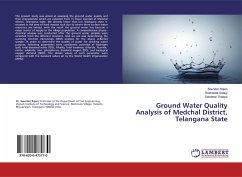The Earth might seem like it has abundant water, but in fact less than 1 percent is available for human use. The rest is either salt water found in oceans, fresh water frozen in the polar ice caps, or too inaccessible for practical usage. While population and demand on freshwater resources are increasing, supply will always remain constant. And although it's true that the water cycle continuously returns water to Earth, it is not always returned to the same place, or in the same quantity and quality. Water plays a big role in supporting our communities. Without water there would be no local business or industry. Fire-fighting, municipal parks, and public swimming pools all need lots of water. An array of pipes, canals, and pumping stations managed by our public water systems are needed to bring a reliable supply of water to our taps each day. Where does all this water come from? It starts out as rain or snow and flows into our local lakes, rivers, and streams or into underground aquifers. You can learn more about water in your state, including how it is being protected and where your local drinking water comes from.


